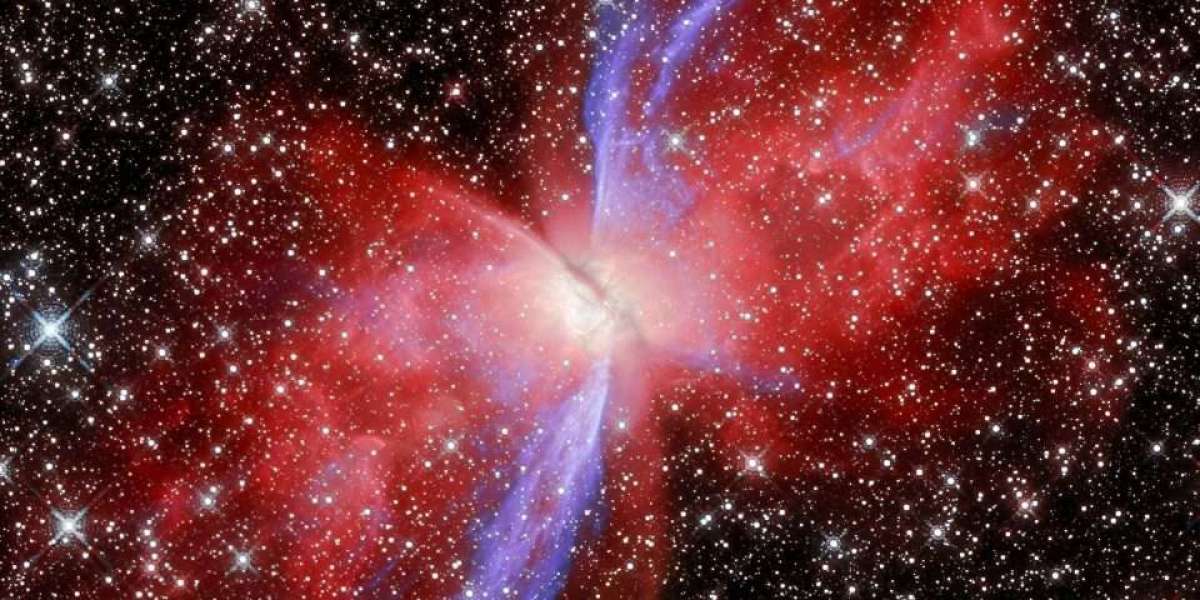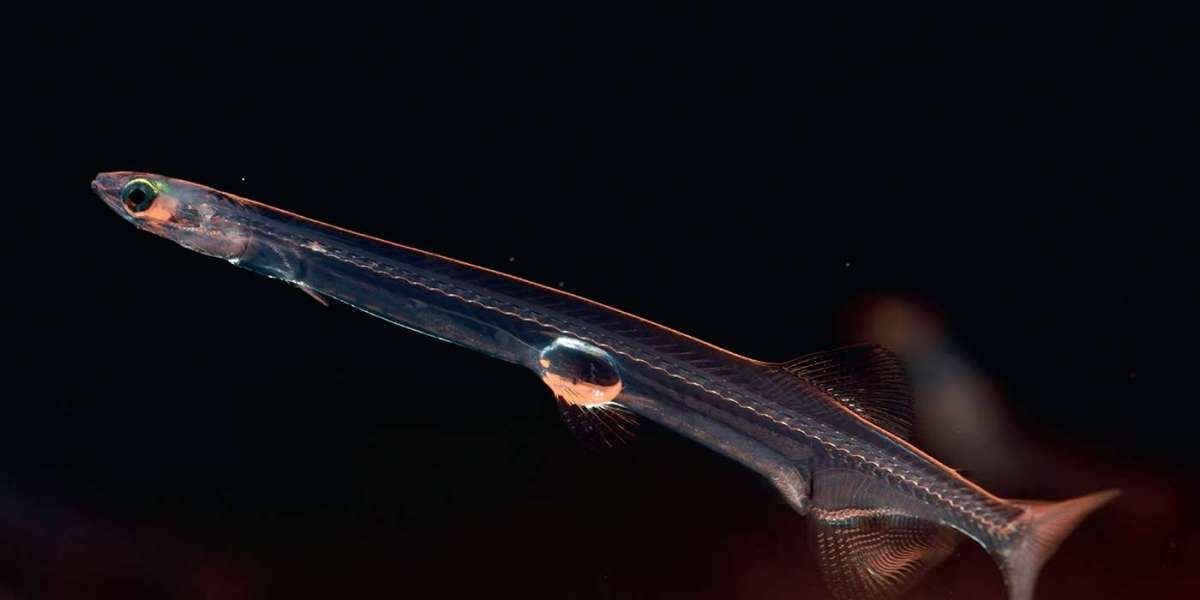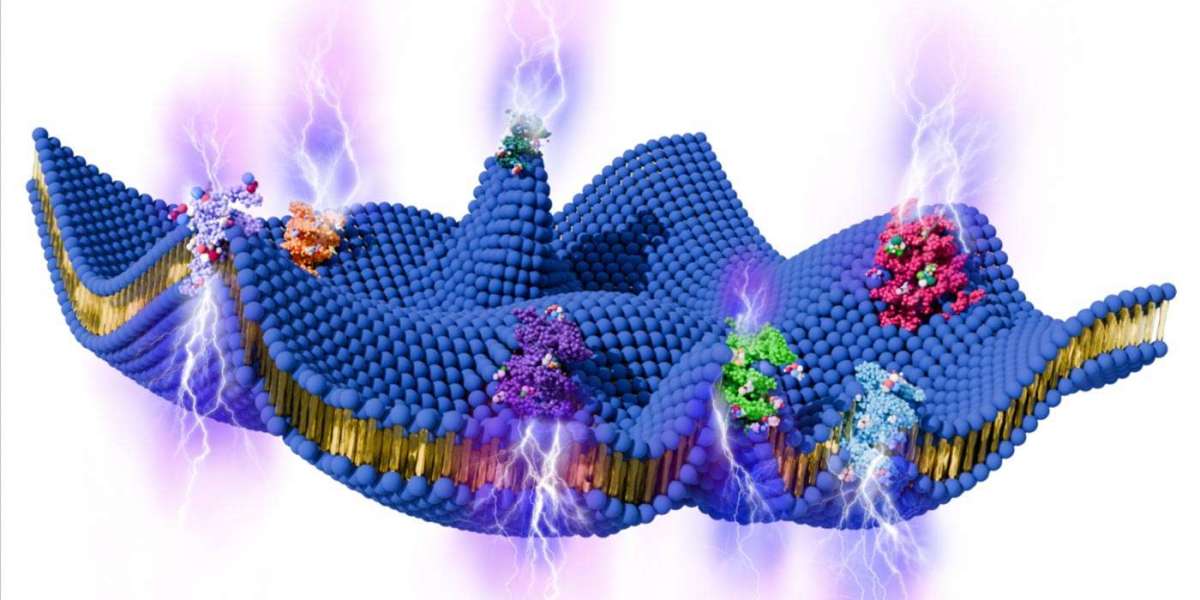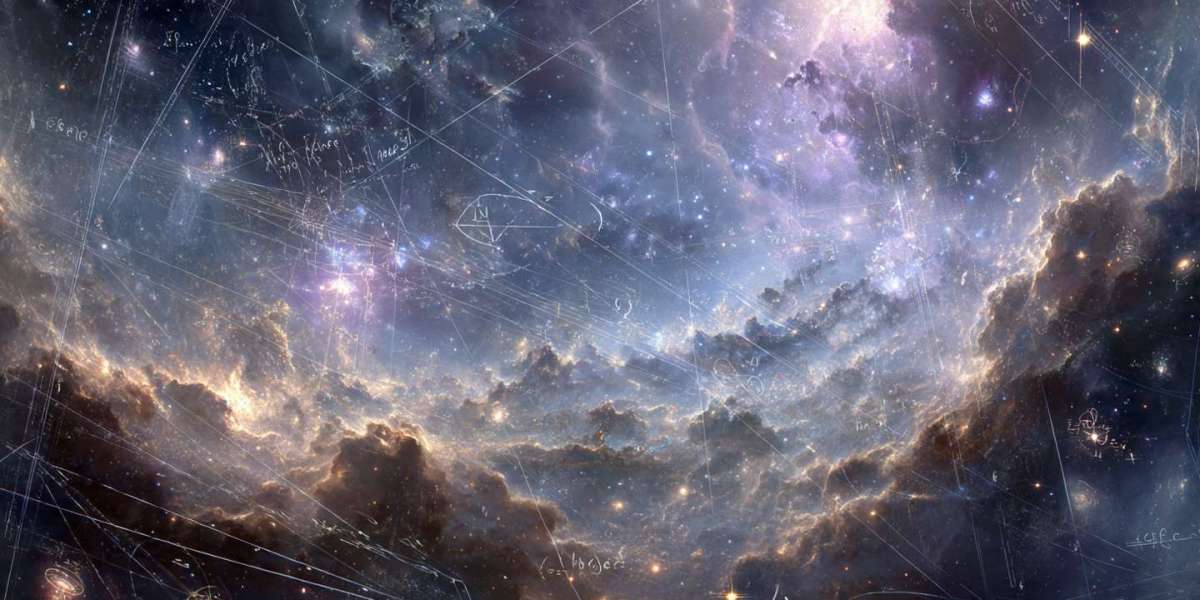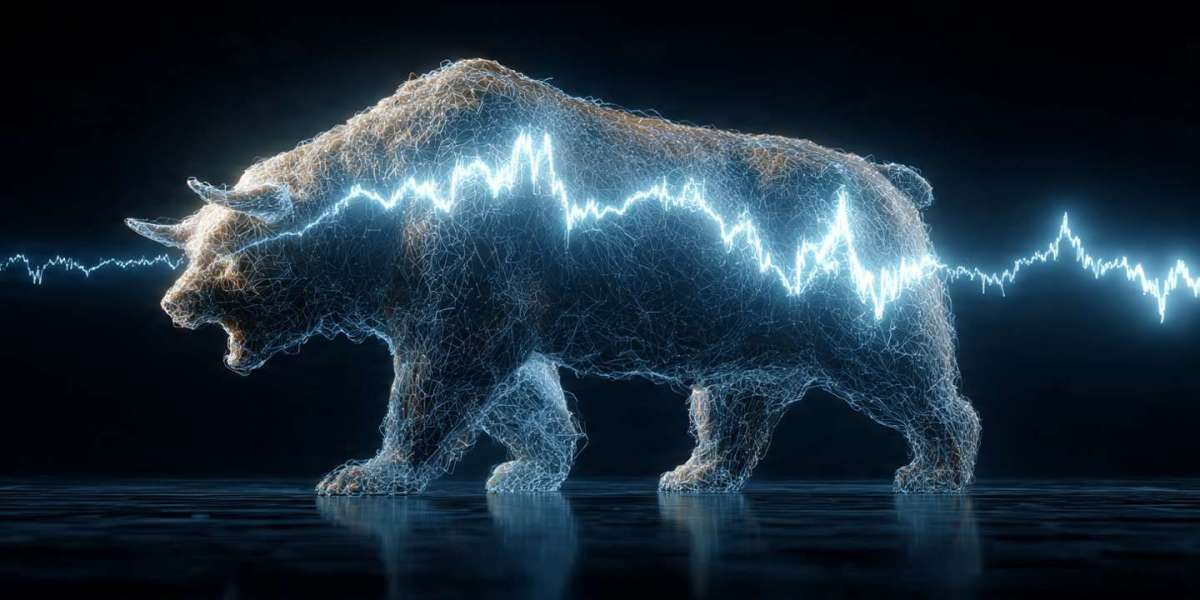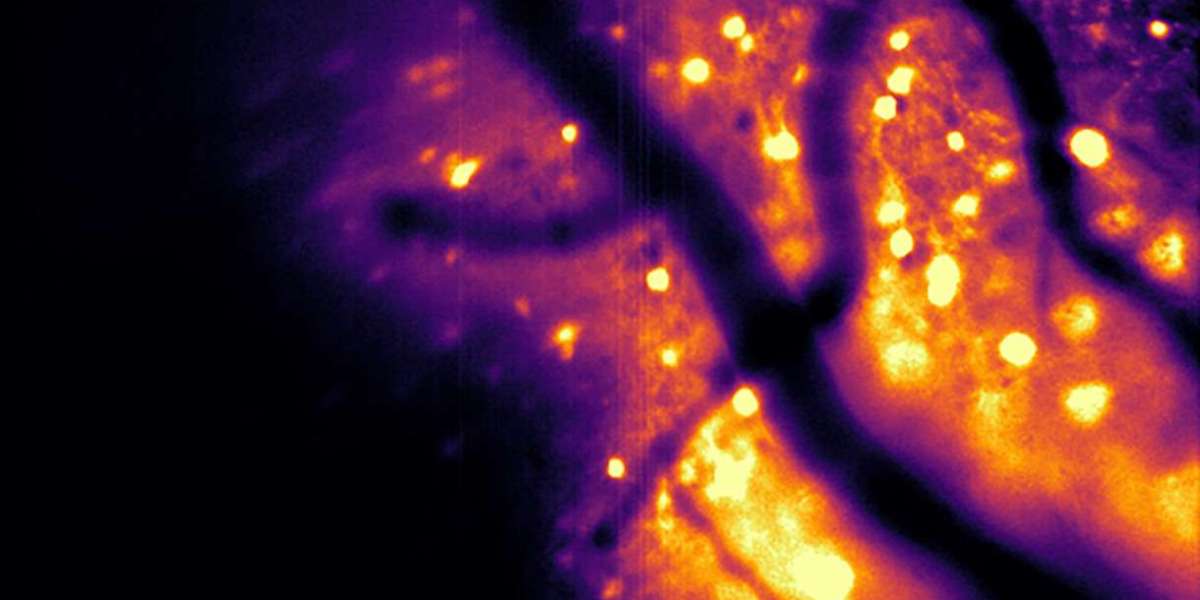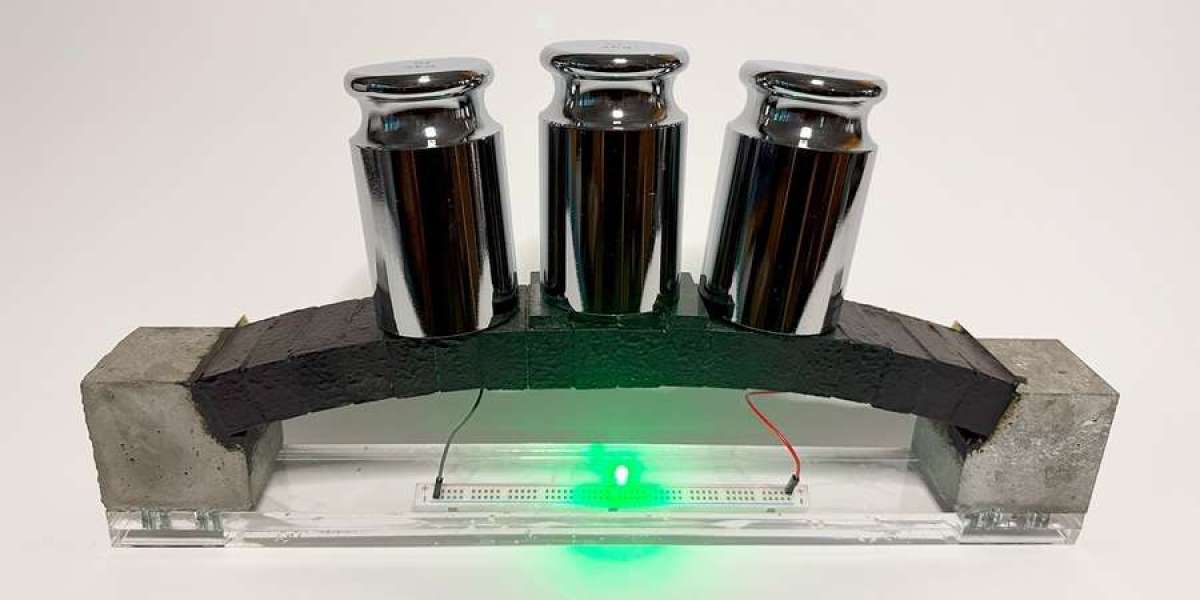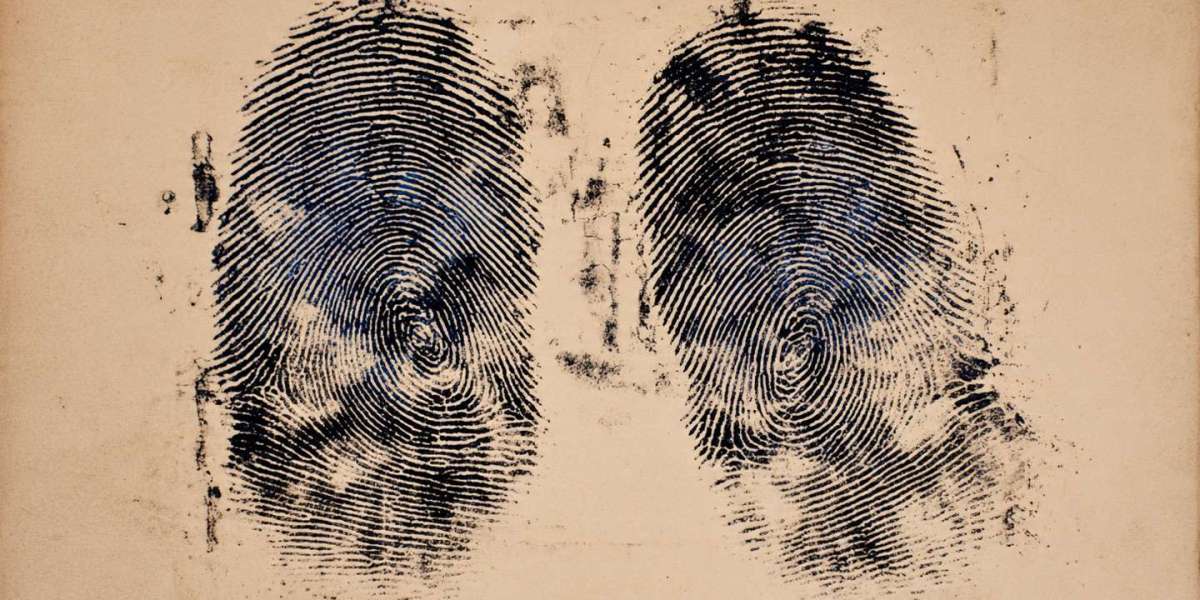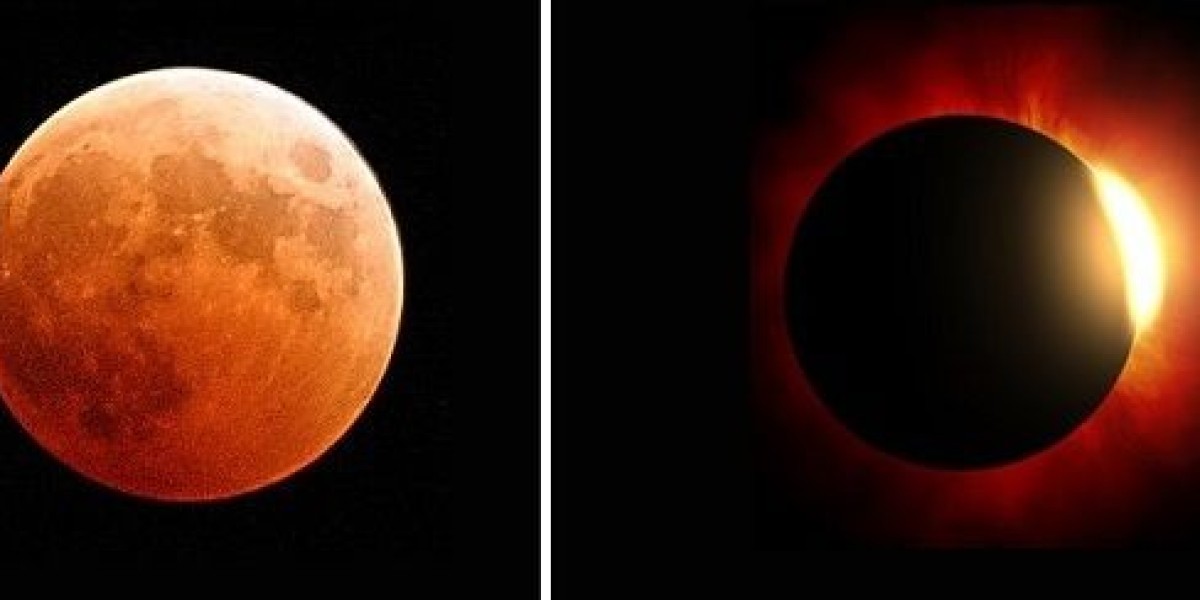The James Webb Space Telescope has revealed new details at the heart of NGC 6302, known to amateur and professional astronomers as the "Butterfly Nebula." Located 3,400 light-years from Earth, its width is equivalent to that of two entire solar systems!
The Butterfly Nebula is a planetary nebula, formed at the end of the lifespan of average stars like the Sun. Their outer envelopes are shed in intense stellar winds, which wrap around the remnants of the star, a white dwarf.
Here's a short video from the James Webb Space Telescope exploring the night sky to reveal the location and shape of the Butterfly Nebula:
The Magic of Infrared Light
The new Webb image focuses on the center of the nebula, where a ring of dust obscures the central white dwarf star when photographed in visible light.
But infrared light can penetrate this dust and reveal what lies within it. This is where the James Webb Space Telescope, which operates in this invisible light range, comes in.
It's like breaking your hip and going to the hospital for an X-ray, which can penetrate the layers of skin and muscle to reveal the shape of the bones underneath. James Webb can also penetrate clouds of gas and dust and reveal what lies beneath.
Here's a short video from the James Webb Space Telescope showing the part of the nebula that scientists studied:
Unprecedented Details
James Webb has observed a warm dust cloud around the extremely hot central star (with a surface temperature of nearly 220,000 degrees Celsius). This intense heat explains the nebula's glow, making it one of the hottest in our galaxy.
James Webb data also revealed crystalline silicates (such as quartz) and dust grains about a micron in size (an astronomically large size), indicating that the grains have grown long within the nebula.
The new images revealed bipolar jets near the nucleus, which are key to understanding the geometry of the nebula's butterfly-like wings and how they are powered.
advertisement
Surprisingly, researchers detected polycyclic aromatic hydrocarbon molecules within an oxygen environment. This may be the first evidence of the formation of these complex compounds in a planetary nebula, expanding the possibilities for the formation of organic molecules in space.
All of this contributes to the study of planetary nebulae in unprecedented depth, improving scientists' understanding of the future of the sun, which is likely to face the same fate in about 5 billion years.
Thank you !
